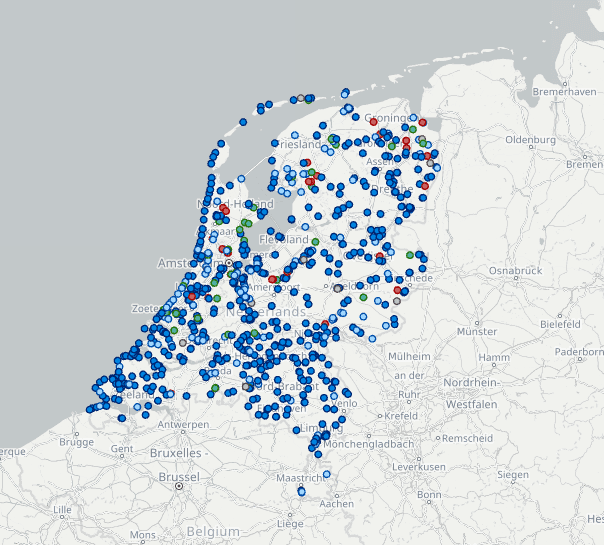Where are Europe’s cleanest waters to swim?
This summer, we dive into some figures about Europe's most popular destinations. This week: Where are Europe’s cleanest waters to swim?
Published on July 10, 2025

© Pexels
Mauro swapped Sardinia for Eindhoven and has been an IO+ editor for 3 years. As a GREEN+ expert, he covers the energy transition with data-driven stories.
The French Riviera, the coasts of Albania, or the Frisian Islands: many of us choose the seaside for our summer holidays, to get a good tan on the beach, and some refreshing dives in the sea. But where are the safest waters to swim? A recent assessment by the European Environment Agency (EEA) provides a precise answer to this question.
The European bathing assessment for the 2024 season found that 85% of the monitored locations—including seas, lakes, and rivers—have excellent bathing quality standards, while 96% of all locations met the minimum EU standards. In addition to the 27 EU member states, the report also considered Albania and Switzerland.
Who stood out as the best? Cyprus. 99.2% of the surveyed points qualified for excellent water quality. Bulgaria (97.9%) and Greece (97%) follow suit.

Destination: data
Where are Europe's cleanest waters to swim? Where can you enjoy more hours of sunshine? This summer, we dive into some figures about Europe's most popular destinations.
Europe's cleanest waters
Examining the most popular holiday destinations in southern Europe, Croatia ranks second after Greece, with over 95% of monitored sites boasting excellent water quality.
In Italy, the country with the highest number of monitored sites, more than 90% of the sample had excellent quality standards. Spain follows, with over 87% of monitored sites complying with the highest quality standards.
Among the largest countries, France ranks last, with only 74% of surveyed sites reaching excellent bathing quality standards. And what about the now-popular Albania? It ranks last, with only 16% of bathing sites having excellent quality.
Dutch waters are among those with the poorest quality
This year, you might be thinking of spending your holidays in the Netherlands or simply taking a swim in one of the lakes. How do Dutch waters classify? While water quality is excellent along the coastline, the most polluted spots are found in inland water bodies, with many of the Dutch lakes having poor water quality.

An overview of Dutch bathing sites. In dark blue, the sites with excellent bathing quality, in light blue, those with a good one, in green, those with a sufficient one, in red, those with a poor one, and in grey, the not classified ones. - © EEA
The Netherlands is one of the countries with the highest share of poor-quality water bathing sites (3.9%). According to the EEA, problems arise when water bodies are affected by short-term pollution, which occurs during periods of heavy rainfall. In such instances, sewage treatment plants often lack sufficient capacity, resulting in the release of untreated sewage into the water.
The Dutch situation reflects the European trend, as 89% of the coastal bathing waters were classified as excellent, whereas 78% of inland waters achieved excellence.
Europe’s water quality has steadily improved
Europe’s bathing water quality has been improving in recent years, partly thanks to the enforcement of some EU directives. For instance, the Bathing Water Directive (BWD) requires member states to report on their bathing water quality annually. The BWD focuses on controlling Escherichia coli and intestinal enterococci bacteria. These germs are relevant indicators of fecal contamination — from wastewater discharge or animal manure — posing a risk to human health due to the potential presence of hazardous pathogens.
Improving bathing sites' water quality
Chemicals and toxic algae blooms, which frequently result in advice against bathing, are not included in the BWD. The Water Framework Directive encompasses overall water quality, monitoring most pollutants in both surface and groundwater.
Although bathing waters have now achieved excellent bacteriological quality standards, chemical contamination remains significant in both surface and groundwater. To this extent, the EEA also warns how this situation can be further exacerbated by climate change. The agency also recommends enhancing water resilience.
To mitigate the impact of heavy rain, various actions can be taken. Mentioning the city of Copenhagen’s Cloudburst Plan as an example, distinct actions on infrastructure can help. Expanding the sewer network, developing roads that lead stormwater towards lakes and harbors, and building so-called detention areas — parks that turn into lakes during flood events — are some of the best practices.
As you pack up your suitcase to head to the south of Europe or the North Sea, it will be safe to swim.
